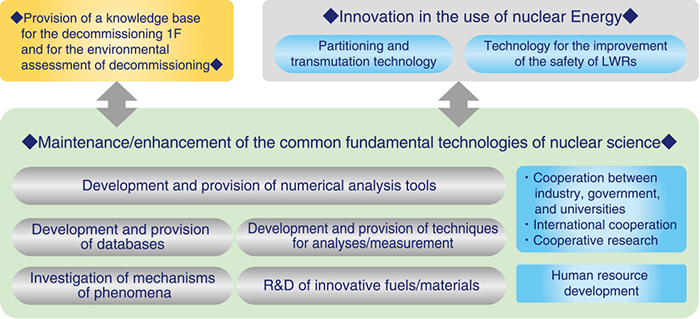
Fig.4-1 Overview of nuclear science and engineering research
Common fundamental technologies and knowledge platforms, such as databases, numerical analysis tools, analytical technologies, and knowledge of phenomena mechanisms, are necessary to support the use of nuclear energy and radiation. The Nuclear Science and Engineering Center (NSEC) tries to keep these fundamental technologies and knowledge of nuclear science state-of-the-art and provides the technologies and knowledge for industry, universities, and governmental agencies. NSEC has also contributed to safety improvements of LWRs and the development of partitioning and transmutation technology for reducing the impact of radioactive wastes (Fig.4-1).
Recent results of the ongoing research and development (R&D) activities at NSEC are introduced in this chapter.
Previous researches have suggested that the efficiency of transmutation via deuteron is higher. A theoretical model that can explicitly consider the breakup of deuterons to more accurately predict deuteron-induced reactions was therefore developed and experimentally verified (Topic 4-1).
The risk of stress corrosion cracking (SCC) becomes higher in older nuclear reactors. The initiation and propagation mechanism of the SCC is difficult to investigate experimentally, because SCC is related to the internal environment of microscopic crevices under high-temperature and high-pressure water. A sensor system capable of estimating the internal environment of crevices was therefore developed. Using the developed system indicated that dissolved impurities cause the internal environment of a crevice to become corrosive and that intergranular corrosion occurs inside the crevice (Topic 4-2).
A “SELECT process” to separate nuclear fuel elements and minor actinides from spent-fuel solution was developed, experimentally verified, and then used to theoretically explain the mechanism by which developed solvents separate using a quantum chemistry simulation. Selectivity in the separation mechanism was indicated to be caused by the differences of bond distances and overlaps of electron orbitals between Am-N and Cm-N, i.e., between minor actinides and nitrogen atoms of the separation solvent (Topic 4-3).
As scintillators are widely used to detect radiation, a mathematical model calculating scintillation light yield was developed. We showed that calculated scintillation light yields of various types of radiation using the new model are well equal to the experimental values. The developed mathematical model is expected to contribute to the development of new scintillators (Topic 4-4).
The validity of applying the International Commission on Radiological Protection (ICRP) reference exposure dose, which is based on an average Caucasian physique, to Japanese people needs to be confirmed. Using models covering a variety of Japanese people’s physiques, the average Japanese person’s external exposure dose was shown to be applicable with ±10% uncertainty using the ICRP reference dose (Topic 4-5).
The release of fission products (FP) such as cesium from LWRs under severe accident conditions leads to public exposure. To evaluate the amount of released FP from LWRs more accurately, the chemical behavior of FP during transportation in a reactor, from the core through the vessel and building to the environment, was examined through the development of a FP chemistry database ECUME based on the chemical reaction kinetics of a cesium and boron system. The development of ECUME contributed to improve the accuracy of estimated public exposure (Topic 4-6).
Spallation reaction phenomena play a key role in the neutronic and shielding analyses of accelerator facilities such as J-PARC and accelerator-driven systems (ADSs). Because conventional models are complex and predicting a fission event originating from the spallation reactions is difficult, a simplified model for fission probability was developed. It was demonstrated with experimental results that the developed model is able to calculate fission events with higher accuracy (Topic 4-7).